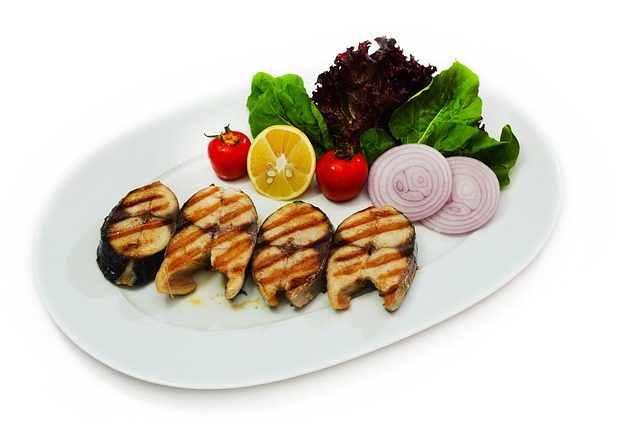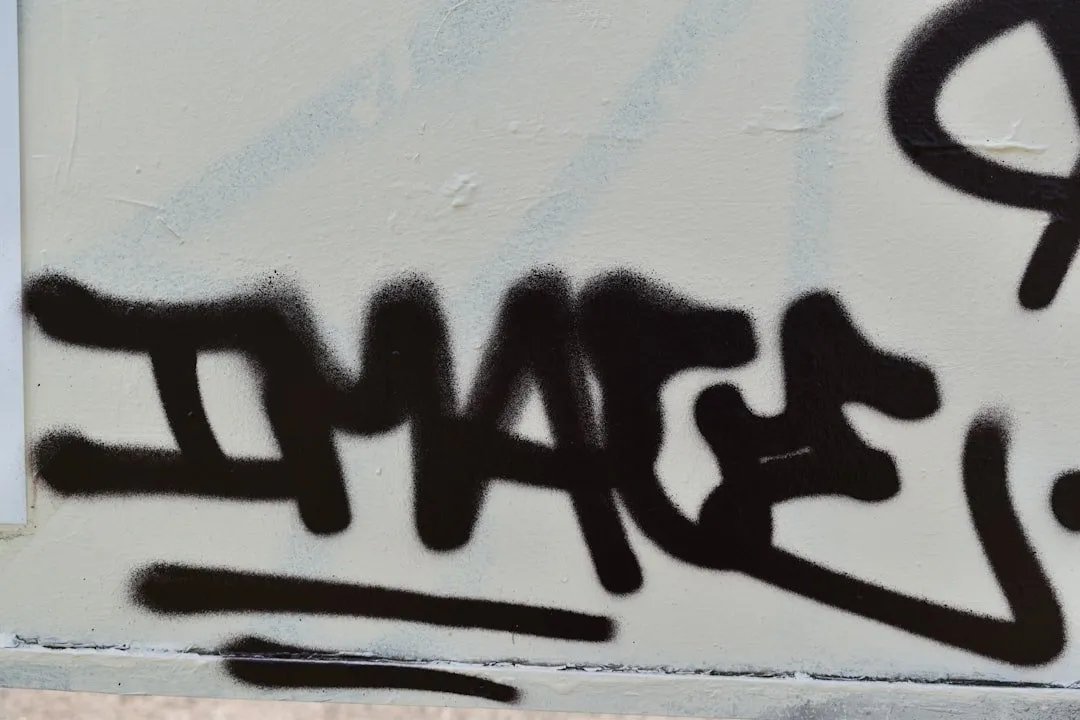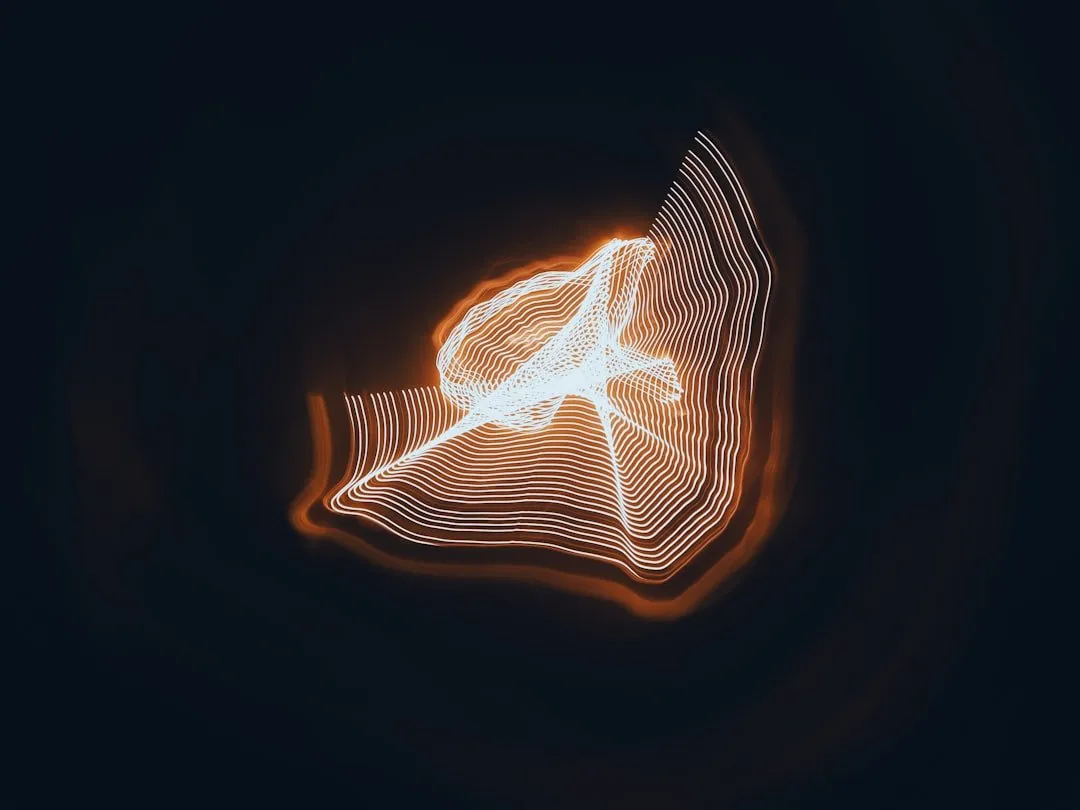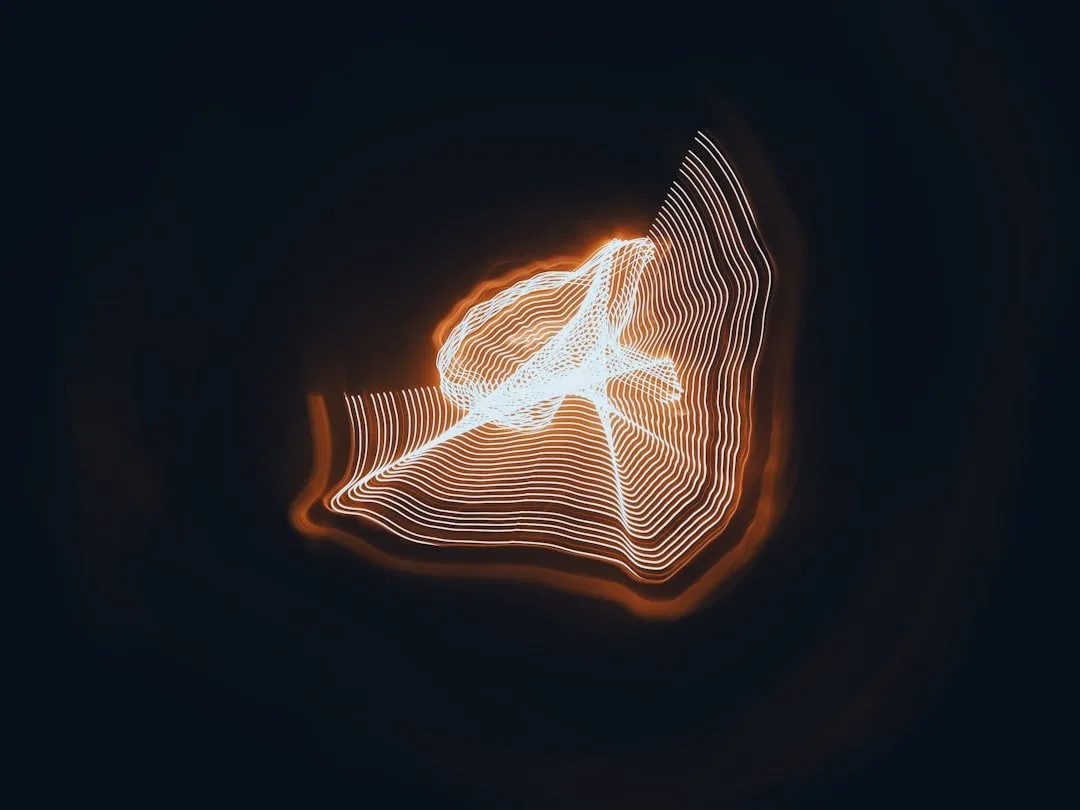Red Bali Kratom and Maeng Da are two popular strains for post-workout recovery, catering to different needs. Red Bali, with higher 7-HMG levels, provides calming effects ideal for stress relief, anxiety management, and sleep promotion—crucial aspects of recovery. Maeng Da, with higher mitragynine content, boosts energy and mood, perfect for focused training sessions and active recovery. The choice depends on personal preference and recovery goals: Red Bali for gentle yet potent relaxation and pain management, Maeng Da for energized motivation during rehabilitation. Compare red bali kratom vs maeng da to tailor your recovery experience accordingly.
“Unleash your post-workout potential with the powerful tool of kratom. In this comprehensive guide, we explore how these natural herbs can revolutionize your recovery routine. From understanding the science behind kratom’s effects to delving into the distinct profiles of Red Bali and Maeng Da, you’ll gain insights on optimal recovery strategies. Discover which strain suits your needs best, and learn to optimize your post-workout regimen for enhanced performance and faster recovery. Red Bali vs Maeng Da: let’s demystify their differences.”
- Understanding Kratom for Post-Workout Recovery
- Red Bali vs Maeng Da: Exploring the Differences
- Optimizing Your Recovery Routine with These Strains
Understanding Kratom for Post-Workout Recovery

Kratom, a natural herb with a rich history in traditional medicine, has gained popularity as a post-workout recovery aid among fitness enthusiasts. Its unique properties make it an attractive option for those seeking to enhance their recovery process after intense physical activity. At the heart of kratom’s potential lies its ability to interact with opioid receptors in the body, offering pain relief and relaxation without the same level of side effects associated with prescription opioids.
When considering kratom for post-workout recovery, two prominent varieties stand out: Red Bali Kratom and Maeng Da. Red Bali is known for its calming effects and higher levels of 7-hydroxymitragynine (7-HMG), a potent alkaloid linked to pain management and relaxation. On the other hand, Maeng Da boasts a reputation for providing more energetic and stimulating effects, which can be beneficial for individuals looking for a boost in motivation during their recovery period. Understanding these differences is crucial as it allows users to make informed decisions based on their specific needs, whether they prioritize pain relief or energy enhancement post-workout.
Red Bali vs Maeng Da: Exploring the Differences

Red Bali and Maeng Da are two popular strains of kratom, each with distinct characteristics that make them unique in terms of effects and applications for recovery training. Red Bali, known for its rich red color, offers a more sedative and relaxing experience due to higher levels of 7-hydroxy mitragynine, a potent alkaloid. This strain is often preferred for managing stress, anxiety, and promoting restful sleep—all vital components in an effective recovery regimen.
On the other hand, Maeng Da stands out for its energy-boosting and mood-enhancing properties. With higher mitragynine content overall, it provides a more invigorating effect, making it suitable for individuals seeking increased focus and motivation during their training sessions. The choice between Red Bali and Maeng Da depends on personal preference and the specific recovery goals one aims to achieve through kratom use.
Optimizing Your Recovery Routine with These Strains

When it comes to optimizing your recovery routine, choosing the right kratom strain is key. Red Bali kratom and Maeng Da kratom are two popular options known for their distinct properties. Red Bali, with its gentle yet potent effects, is ideal for those seeking a calm and relaxed state, promoting deep recovery and quality sleep. On the other hand, Maeng Da stands out for its robust energizing properties, making it perfect for active recovery sessions or when you need a mental boost without overstimulation.
Both strains offer benefits tailored to different aspects of recovery. Red Bali’s sedative-like qualities can aid in muscle relaxation and pain management after intense workouts or physical therapy. Maeng Da, with its stimulating effects, enhances focus and motivation during rehabilitation exercises, helping you push through active recovery sessions with renewed vigor.
Kratom has emerged as a potent tool for enhancing post-workout recovery, offering both physical and mental benefits. In this article, we’ve explored the nuances of using kratom for exercise recovery, comparing Red Bali and Maeng Da strains in terms of their unique properties. By integrating these specific kratom varieties into your recovery routine, you can optimize muscle repair, reduce soreness, and speed up your overall recovery process. Remember that, while kratom shows promise, individual responses may vary, so it’s essential to consult with a healthcare professional before incorporating any new supplement into your regimen.














